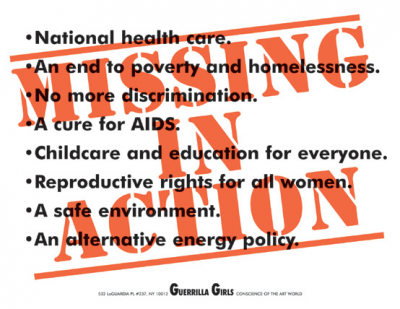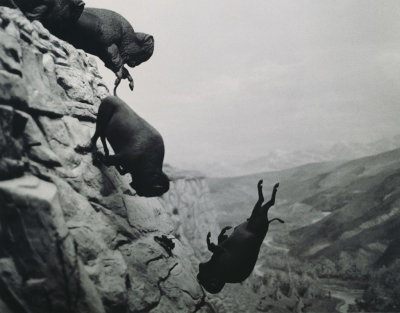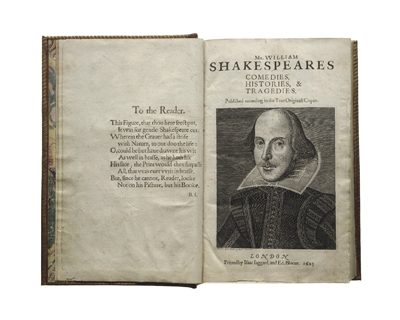From Broadway World Connecticut
The widespread news coverage earlier this year of the discovery in Scotland of a previously unknown first edition of the collected works of William Shakespeare is bringing greater interest to the national traveling exhibition “First Folio! The Book That Gave Us Shakespeare” that will be on display at the William Benton Museum of Art at UConn from Sept. 1 to 25. More information on events can be found at www.shakespeare.uconn.edu.
The “First Folio” is the first collected edition of Shakespeare’s plays published by two of his fellow actors in 1623, seven years after the Bard’s death on April 23. The collection includes 18 plays that would otherwise have been lost, including “Macbeth,” Julius Caesar,” “Twelfth Night,” “The Tempest,” “Antony and Cleopatra,” “The Comedy of Errors” and “As You Like It.”
The national tour is being hosted by one institution in all 50 states, Washington, D.C. and Puerto Rico to mark the 400th anniversary of Shakespeare’s passing this year. The tour is a partnership between The Folger Shakespeare Library, Cincinnati Museum Center and the American Library Association.
“As an institution with a strong history of championing the dramatic classics through our resident theater, Connecticut Repertory Theatre, we are very proud to have the opportunity to host this exhibition for our state,” says Anne D’Alleva, dean of UConn’s School of Fine Arts. “This is an important document in the life of the arts and our students and wider community to experience here on campus.”



